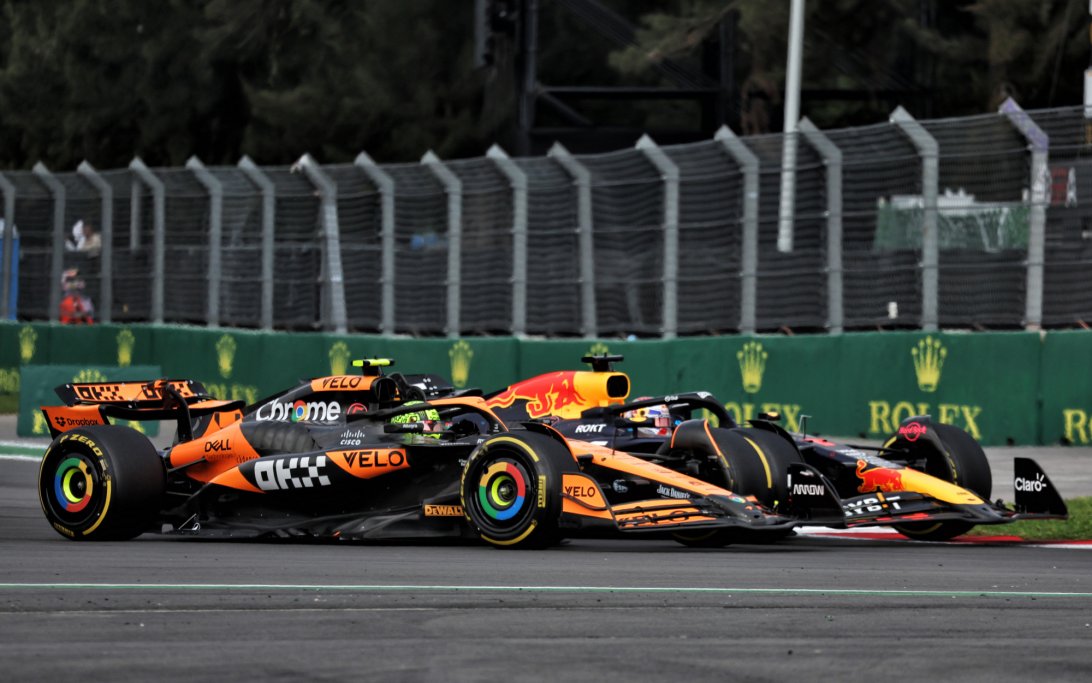Formula 1’s 2026 Overhaul: Slower Laps, Radical Power Units, and a New Era of Racing Strategy
Formula 1 stands on the brink of one of its most transformative moments in decades. The 2026 regulations — still being finalized — promise to reshape the very DNA of the sport. Far from a mere technical tweak, these changes could redefine how cars sound, how fast they go, and how drivers approach every lap.
FIA Sporting Director Nikolas Tombazis has been clear: the rules are a “living document” and remain in flux. That alone creates a tension between two core F1 priorities — encouraging innovation while ensuring stable, competitive racing.
And perhaps the most eye-catching headline? The FIA estimates cars could be 1 to 2.5 seconds slower per lap initially. That’s not just a number; it’s a philosophical statement about what Formula 1 should be: is it the pure pursuit of speed, or the art of close, unpredictable competition?
Aerodynamics: An Unsettled Picture
Much of the projected performance drop comes from aerodynamic changes that are still under debate. Negotiations behind the scenes continue, with teams lobbying for adjustments before the rules are locked in. Tombazis has warned critics that it’s premature to judge the final product.
But with fluid regulations comes risk. The mid-season technical directives of 2022 — introduced to combat porpoising — are still fresh in memory. Those changes, particularly to floor design, shifted the competitive order, penalizing some concepts and rewarding others. If similar in-season interventions occur in 2026, it could destabilize the sport and undermine long-term engineering strategies.
Power Units: The Biggest Shake-up Yet
If aerodynamics are unsettled, the 2026 power unit rules are far more defined — and radical. The biggest shift is the removal of the MGU-H (Motor Generator Unit – Heat), which until now has eliminated turbo lag by spinning the turbo electrically. Without it, turbos will rely solely on exhaust gases, potentially reintroducing that old nemesis: turbo lag.
To compensate, the MGU-K (Motor Generator Unit – Kinetic) will see a huge power increase from around 120 kW to 350 kW. That means roughly half of the car’s total power could come from electrical energy — up from about 15% today.
Manufacturers are excited but cautious. Managing the higher electrical loads while coping with possible lag is a major engineering challenge, and early reliability issues are likely. Some see potential upside: a touch of turbo lag could make power delivery trickier to master, adding a visible skill element reminiscent of Ayrton Senna’s 1980s turbo-era heroics.

Preventing Another Mercedes-Style Domination
The FIA is keen to avoid a repeat of the early hybrid era, when Mercedes’ 2014 power unit dominance lasted for years. A performance compensation mechanism is planned: if a manufacturer can prove its engine is significantly underpowered, it could be granted extra development allowances, more dyno hours, or even the ability to upgrade parts during the season.
The goal is to close performance gaps quickly, keeping competition tight. But this approach draws criticism — some argue it risks penalizing success and diluting the engineering arms race that defines F1’s identity. Striking the balance between close racing and rewarding innovation will be one of the FIA’s biggest challenges.
Driving Style: More Strategy, More Resource Management
Alongside the engineering changes, the FIA expects drivers will need to be more strategic in managing the car’s resources — particularly the powerful new hybrid system. The aim is to create a “challenging but balanced” energy management puzzle, without turning every lap into a conservation exercise.
The concern is real: too much focus on battery saving could make races processional, echoing the unpopular 2005 season when tire changes were banned and drivers tiptoed around circuits to preserve rubber. Fans want strategy, yes, but they also want flat-out battles — not a race to see who can lift-and-coast most effectively.
The Risk of “Clipping”
The jump in electrical contribution brings another unique problem: clipping. This happens when the battery can’t sustain the full 350 kW electrical output for an entire straight. Once the stored energy is depleted, the car loses a chunk of power before reaching top speed — potentially creating awkward performance drops mid-straight.
The FIA is actively working on deployment strategies to reduce clipping, aware that such sudden slowdowns could frustrate drivers and fans alike.

Initial Pace Drop — But a Familiar Recovery Curve
A 1–2.5 second lap time loss may sound dramatic, but history offers perspective. When the V6 hybrid era began in 2014, lap times initially dipped before quickly recovering as teams optimized their designs. In F1, the development race is relentless, and the best engineers in motorsport inevitably find ways to claw back performance.
By 2027, there’s every chance the cars could be as fast — or faster — than today’s machinery.
Extra Testing: A Sign of the Unknowns
To help teams adapt, the FIA is reportedly planning three pre-season tests for 2026, including a private session. This expanded testing schedule underscores the scale of the change — and the governing body’s awareness that the learning curve will be steep.
The first year will be about finding solutions, understanding the new systems, and setting the stage for the next performance boom.
Balancing Act: The Soul of Formula 1
The 2026 rules highlight a question at the heart of the sport: what should define the pinnacle of motorsport? Is it outright speed, or the closeness of competition? Engineering brilliance, or driver heroics?
If done right, the new era could bring closer racing, more overtaking opportunities, and fresh technical intrigue. If misjudged, it risks creating an over-managed, conservation-heavy spectacle that frustrates purists and casual fans alike.
The Stakes
Upsides: Closer racing, more visible driver skill, greener technology, new manufacturer interest (Audi).
Risks: Over-conservation of energy, reliability chaos, mid-season rule instability, or one manufacturer finding an unassailable advantage.
As Tombazis and the FIA fine-tune the rules over the next year, they’re not just setting technical regulations. They’re shaping the next chapter of Formula 1’s identity.
When the lights go out in 2026, we’ll see whether the sport has managed to balance spectacle with innovation — or whether the compromises made along the way will redefine what “pinnacle of motorsport” truly means.
News
Die Welt hat sich weitergedreht: Marie Fredriksson rechnet leise ab – 5 Stars, die sie im Stich ließen.
Der Klang von Roxette war der Soundtrack einer ganzen Generation. Mit Hits wie „It Must Have Been Love“ und „The…
Conny Froboess: Die bittere Wahrheit hinter der Traumkarriere – Im Alter trägt sie eine unheilbare Wunde.
Der Name Conny Froboess ist in Deutschland untrennbar mit einem Gefühl von Leichtigkeit und sonnigen Kindertagen verbunden. Wenn ihr größter…
DER WACKELDACKEL DER REPUBLIK: WIE MERZ’ „HERBST DER REFORMEN“ IN EINER EISZEIT DER STARRE ENDETE UND UNSERE ZUKUNFT VERPFÄNDET WIRD
Einbruch in die politische Wirklichkeit: Die bittere Bilanz nach dem Versprechen des Aufbruchs Mit großen Versprechungen begann die Zeit, die…
Bommes’ Nerven liegen blank: Unerwarteter Eklat in der letzten Folge von „Gefragt – Gejagt“ schockt die Fans
Ein Augenblick, der das harmonische Ende einer Quiz-Saison sprengte. Ausgerechnet in der vorerst letzten Ausgabe der erfolgreichen ARD-Show „Gefragt –…
Herzschlag-Finale in der Scheune: Friedrich und Laura trotzen dem TV-Kitsch mit dem ehrlichsten Liebesbeweis der Staffel
Der leise Moment, der lauter spricht als jede große Inszenierung Es war der Moment, auf den Millionen von Zuschauern der…
Kai Pflaume bricht sein Schweigen: Das 30-Jahre-Geheimnis hinter Deutschlands Vorzeige-Ehe und warum seine Ilke sein wichtigstes Korrektiv ist
Die deutsche Fernsehlandschaft hat viele Gesichter, aber nur wenige sind so konstant, so sympathisch und so untrennbar mit dem Gefühl…
End of content
No more pages to load













